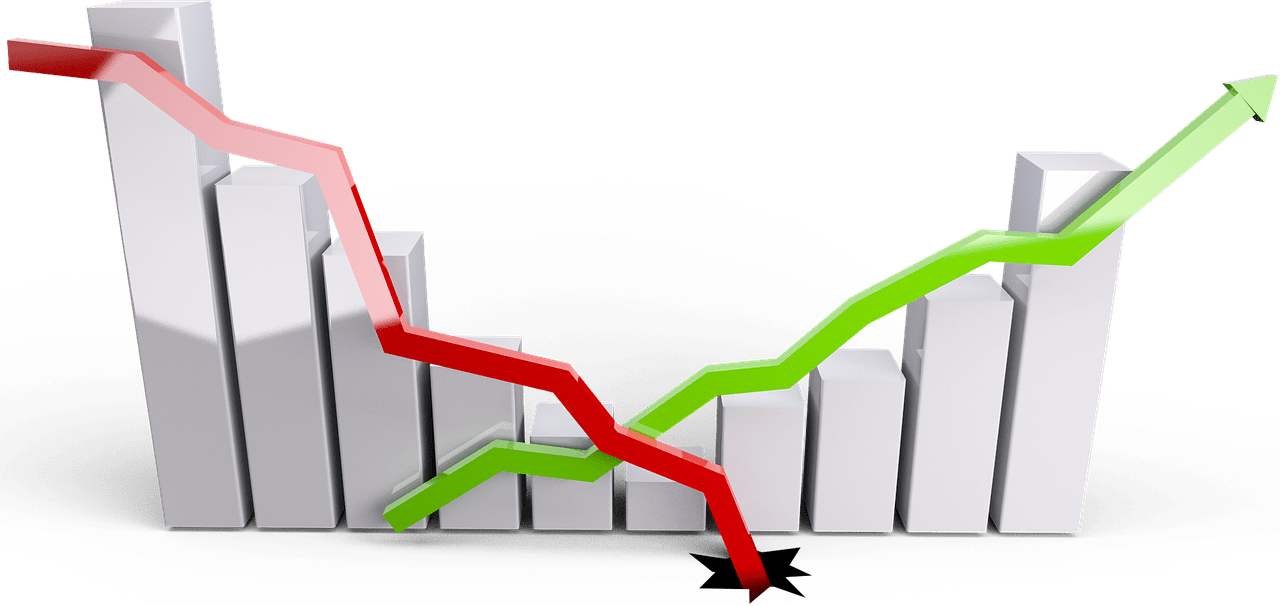
In a preliminary estimate of economic growth in the EU and eurozone, for the first quarter of 2022, Eurostat reports that seasonally adjusted GDP “increased by 0.2% in the euro area and by 0.4% in the EU” over the last quarter of 2021.
These numbers are adjusted for inflation. The quarter-to-quarter growth rates are lower than the 0.3% and 0.5%, respectively, for the fourth quarter of 2021.
The estimate, which is based on data from 17 member states, shows expansion in 15 states and contraction in two. The strongest growth rate, 2.6%, was recorded in Portugal, which saw its quarter-to-quarter growth rate increase from 1.7% in Q4 of last year.
Austria and Latvia reported the second- and third-highest growth rates for Q1 of this year: 2.6% and 2.1%, respectively.
Sweden had the worst growth record among the 17 states with -0.4%. Italy had the second-worst rate -0.2%. These were the only two in the sample with shrinking GDP.
At 3.0%, Sweden also ranked lowest in year-to-year GDP growth. Germany came in second from the bottom at 3.7%. Portugal, again, took the top spot with an 11.9% annual growth rate, followed by Austria at 8.7%, Spain at 6.4%, Italy at 5.8%, and Latvia at 5.6%.
High year-to-year growth rates are attributable entirely to the European economy recovering from a protracted, pandemic-related shutdown.
Eurostat has not yet released component-level data for GDP. It is therefore not yet known what activities in the economy generated the growth rate. When the U.S. Bureau of Economic Analysis released its Q1, 2022 update on U.S. GDP, its reported -1.4% quarter-to-quarter rate was attributable mainly to a widened trade deficit. Domestic spending by households and businesses grew at rates consistent with a confident economy.
